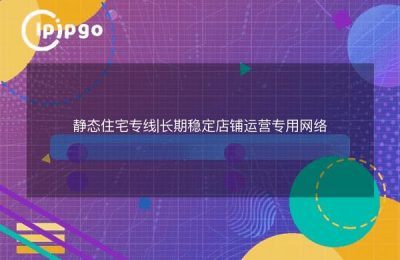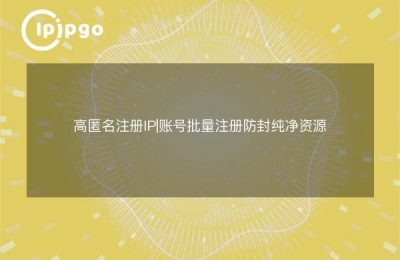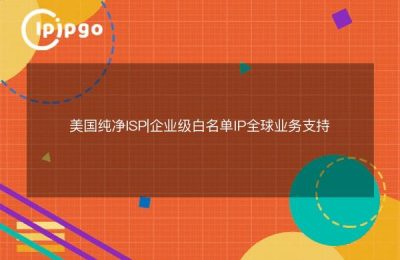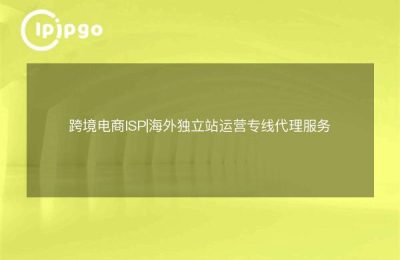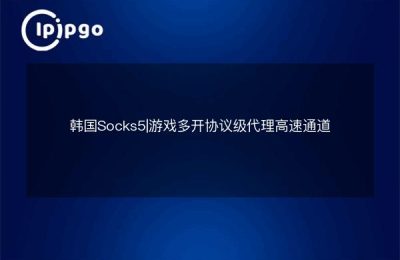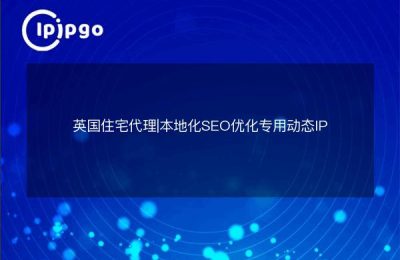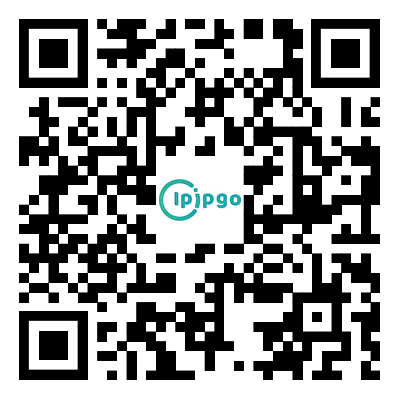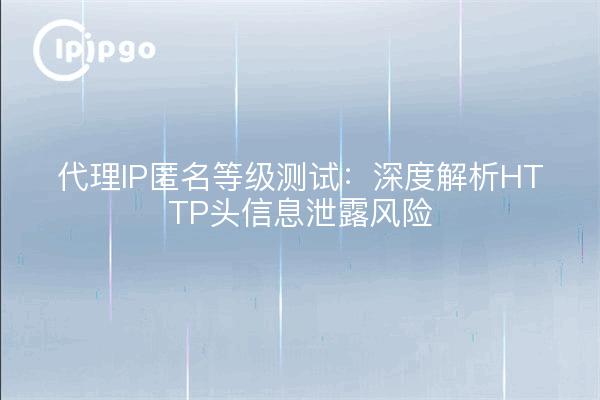
How does HTTP header information reveal your true identity?
When you are surfing the web, your browser automatically sends HTTP headers with 20+ parameters. Among themX-Forwarded-ForIt's like a courier number that records the path of your visit.User-Agentwill be accurate to your browser version, and theViaThe parameters then betray the presence of a proxy server. This information is pieced together enough for the target site to restore your real network environment.
A common misconception among proxy users is that as soon as they see their IP address become a proxy IP, they think everything is fine. In fact, some low-quality proxy services will retain the real client information in the HTTP header, just like in the courier package at the same time the address of both the sender and receiver, so that the anonymity protection is virtually null and void.
Three-minute self-test of proxy anonymity level
Here's a quick test: visit any website that displays HTTP headers (e.g. httpbin.org/headers) and focus on three fields:
| test item | Transparent Proxy Performance | Highly anonymous proxy performance |
|---|---|---|
| X-Forwarded-For | Show real IP | The field does not exist at all |
| Via | Labeling proxy server information | No relevant markings |
| Client-IP | Revealing the real IP | Show Proxy IP |
Take, for example, ipipgo's residential agent, whichDynamic Residential IP PoolCompletely rewrites HTTP headers to automatically strip identifiers and simulate UA parameters of real user devices. After testing, the headers fetched by the target website when using its service are exactly the same as those of the home broadband direct access.
Advanced Stealth Tips for Proxy IPs
In addition to choosing a quality proxy service, anonymity can be enhanced by the following combinations:
- Timed change of session signage: It is recommended to change the IP address every 30-60 minutes to avoid accumulation of behavioral profiles
- UA Synchronization Update: Synchronize the device model and browser version in the User-Agent each time you switch IPs.
- Clear digital fingerprints: Used in conjunction with browser privacy modes to eliminate advanced tracking methods such as Canvas, WebGL, etc.
ipipgo's.Intelligent Rotation ModelIt is especially useful in this scenario. Its automatic IP replacement mechanism can accurately match the session timeout policy of the target website, and together with the self-developed UA random generator, it can realize a fully automatic anonymity protection closed loop.
Frequently Asked Questions QA
Q: Is it absolutely safe to use a proxy IP?
A: Proxy IP is only the basic protection, need to cooperate with UA modification, cookie cleaning and other operations. It is recommended to choose a service provider like ipipgo that natively supports UA masquerading.
Q: How can I tell if a proxy is leaking real IPs?
A: Check the REMOTE_ADDR field at multiple testing sites (at least 3 are recommended). If the IP displayed matches the proxy console, the protection is in effect.
Q: Why do highly anonymous agents cost more?
A: Because of its need to deploy dedicated middleware to clean traffic characteristics, like ipipgo uses the L7 layer protocol reconstruction technology, which has to deal with millions of packet reorganization per second, the cost is much higher than that of an ordinary agent.
When choosing a proxy service, be sure to verify its HTTP header processing capabilities. ipipgo offersReal-time header detection interfaceThe user can directly view the complete information of the currently connected headers in the console. This transparent verification mechanism is rare in the industry, and it is recommended that new users give priority to try this feature for anonymity testing.

